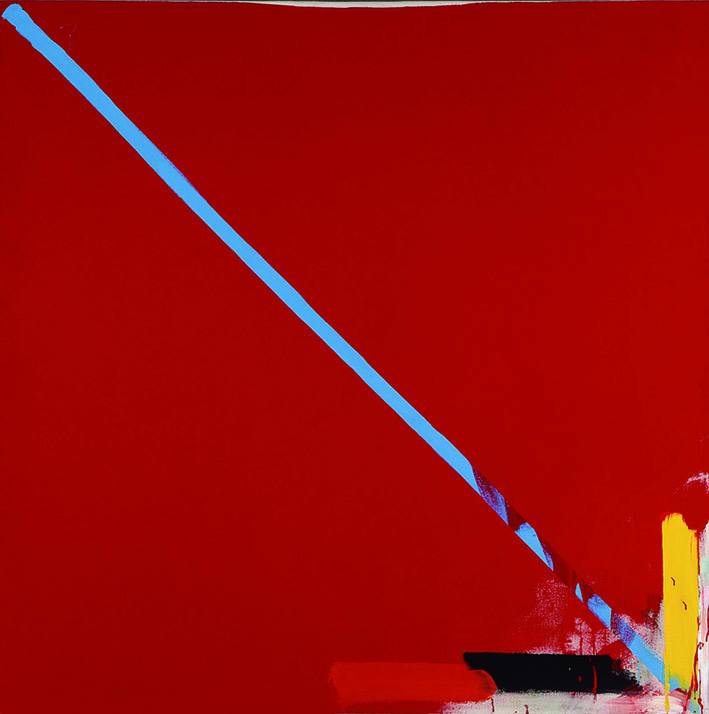Australian masterpieces from the TWMA collection: The 70s
Diverging artistic streams flowered in this decade of cultural and social pluralism. Post-war immigration, increased access to tertiary education and cheaper international travel stimulated growing sophistication in Australian society, and the Whitlam years gave impetus to the arts. A new mood of activism found expression in Vietnam War protests and in support for feminism, multiculturalism, aboriginal land rights and environmental concerns. All these influenced artists. Installation, Land Art and Performance rejected art as material object and consumer product and so changed the relationship between artist and public. Art journals proliferated, yet painting, declared ‘dead’, survived as part of the internationally driven avant-garde.
Pop Art and hard-edged Minimalist Abstraction co-existed with the rich abstraction of Roger Kemp and the reductive purity of Tony Tuckson, both of whom owed more to European abstraction than to New York. Like Fairweather before them, they sought metaphysical meaning and personal expression. By contrast, Robert Jacks, Alun Leach-Jones, David Aspden, John Firth-Smith and others absorbed the hard-edged, minimalist aesthetic of ‘pure’ painting. Brett Whiteley’s paintings of Sydney harbour were a hedonistic contrast to the imagery of urban Melbourne of John Brack and Charles Blackman. George Baldessin’s surreal and idiosyncratic etchings and sculptures continued the figurative tradition in Melbourne and contributed to the rise of printmaking. Conceptualism emerged, an endgame of Modernism, insisting that art is entirely about ideas.
